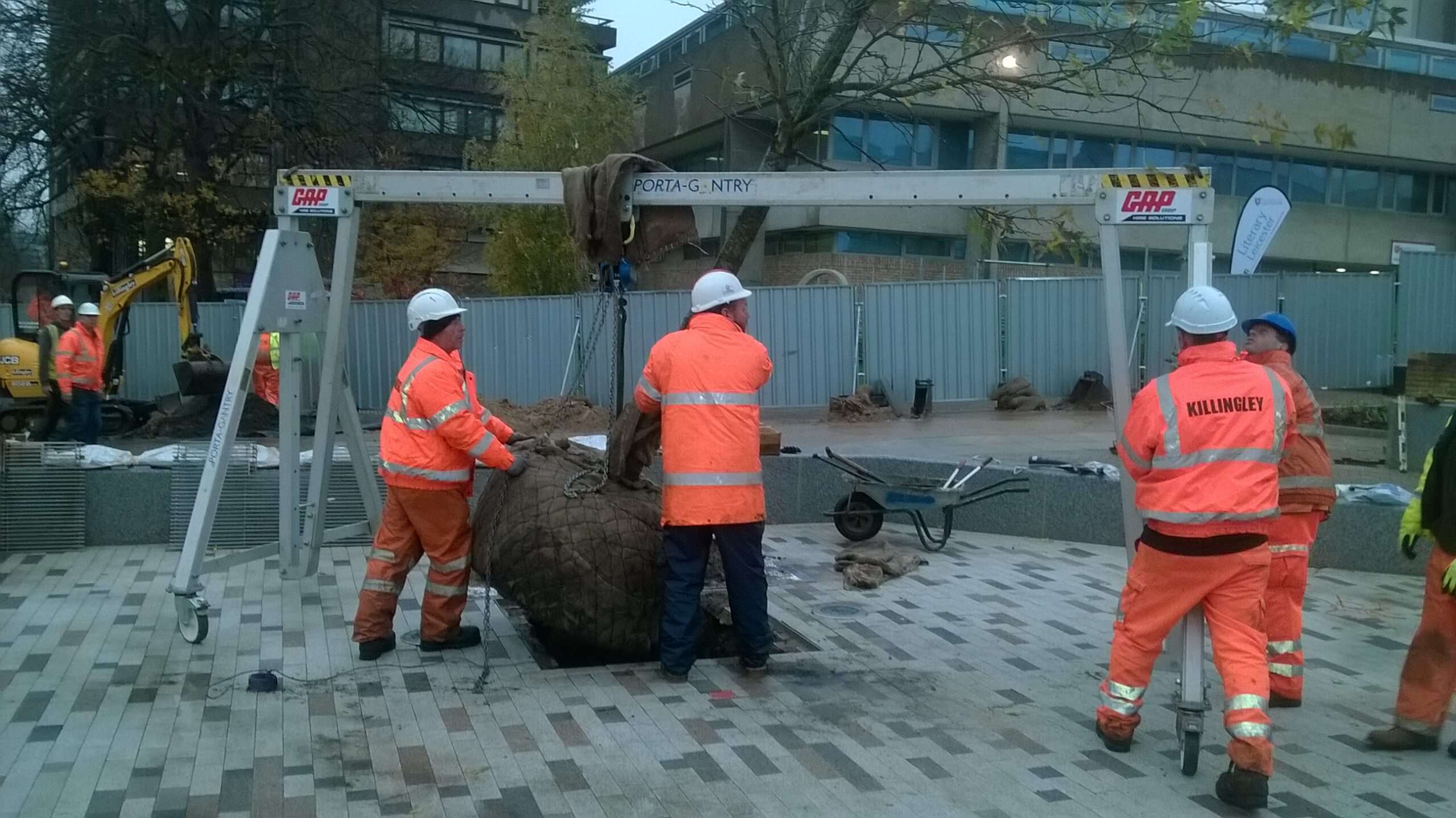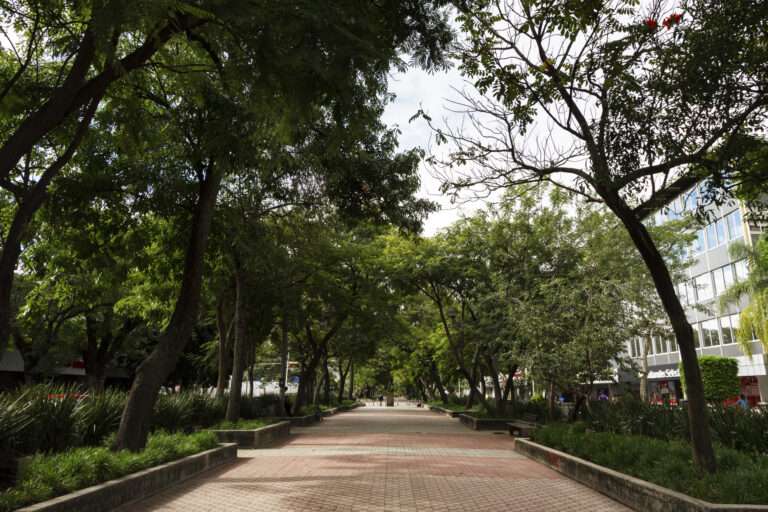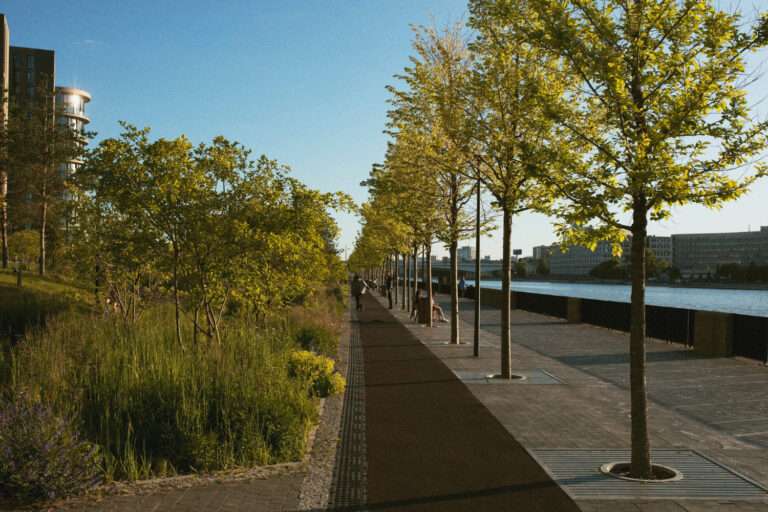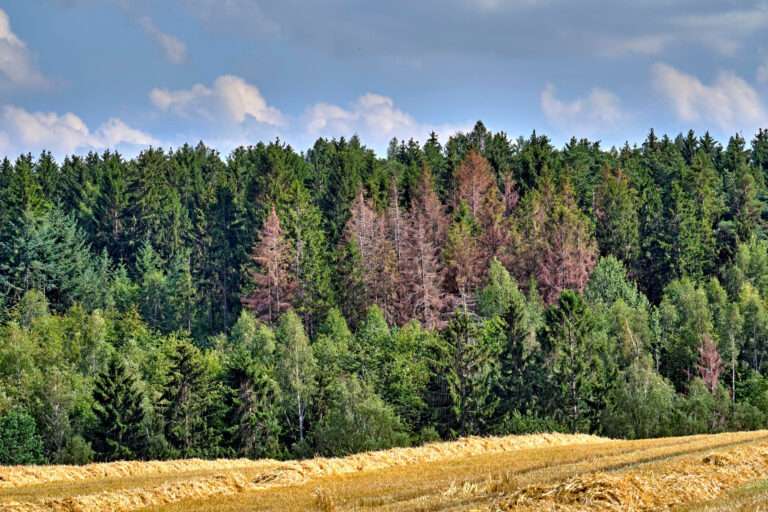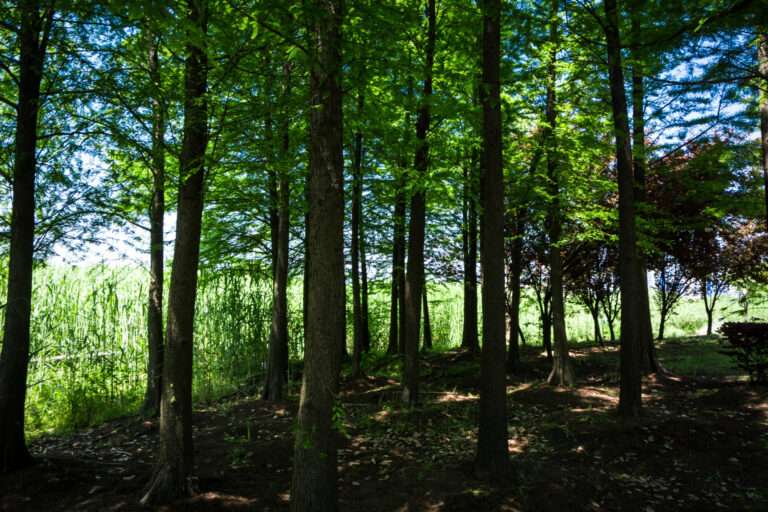Complete Expert Guide: How to Successfully Transplant Semi-Mature Trees Without Costly Mistakes
Transplanting semi-mature trees transforms landscapes instantly, creating established gardens and commercial spaces that would otherwise take decades to develop. However, moving mature trees requires precise techniques and expert knowledge to ensure survival and thriving growth. Many property owners attempt DIY transplanting only to watch expensive specimens fail, representing significant financial and environmental losses.
The difference between successful and failed tree transplantation lies in understanding proper timing, preparation techniques, and post-transplant care. Professional arborists achieve success rates exceeding 90% when following proven methodologies, whilst amateur attempts often result in costly tree mortality.
This comprehensive guide reveals industry secrets for successful semi-mature tree transplanting, covering everything from site preparation to long-term establishment. Whether you’re a landscaping professional, property developer, or ambitious gardener, these proven techniques will help you achieve professional results whilst avoiding expensive mistakes.
Understanding Semi-Mature Tree Transplanting
What Constitutes a Semi-Mature Tree?
Semi-mature trees typically range from 12-25cm trunk diameter and 4-8 metres in height. These specimens offer immediate landscape impact whilst remaining more manageable than fully mature trees. Additionally, semi-mature trees adapt more successfully to transplantation than older specimens, with higher survival rates and faster establishment.
🌳 Key Insight: Semi-mature trees establish 60% faster than mature specimens whilst providing 80% of the immediate visual impact.
Why Transplant Semi-Mature Trees?
Transplanting semi-mature trees offers several compelling advantages over growing from saplings. Immediate screening, instant landscape maturity, and property value enhancement justify the investment. Furthermore, established trees provide immediate environmental benefits including air purification, carbon sequestration, and wildlife habitat.
Essential Pre-Transplant Planning
Site Assessment and Preparation
Successful transplantation begins with thorough site evaluation. Soil composition, drainage patterns, and underground utilities must be assessed before any digging commences. Additionally, checking for overhead power lines, underground cables, and proximity to buildings prevents costly complications.
| Assessment Factor | Importance | Recommended Action |
|---|---|---|
| Soil pH | Critical | Test and amend if necessary |
| Drainage | High | Install drainage if waterlogged |
| Utilities | Critical | Call before you dig services |
| Access Routes | High | Plan machinery access |
| Seasonal Timing | Critical | Transplant during dormancy |
Choosing the Right Trees for Transplanting
Not all semi-mature trees transplant successfully. Species selection dramatically affects survival rates and long-term health. Native British species generally adapt better than exotic varieties, whilst certain species like oak, beech, and birch transplant more successfully than others.
🏆 Pro Tip: Fast-growing species like willow and poplar transplant more easily than slow-growing species like oak and sweet chestnut.
Step-by-Step Transplanting Process
1. Root Ball Preparation and Sizing
Proper root ball size determines transplant success. The root ball should measure approximately 10-12 times the trunk diameter, ensuring adequate root mass for tree survival. Additionally, maintaining soil around roots prevents shock and promotes rapid establishment.
2. Excavation Techniques
Professional excavation requires careful attention to root preservation. Sharp spades and root saws create clean cuts that heal quickly, whilst crushing or tearing roots increases mortality risk. Furthermore, working systematically around the tree prevents damage to major structural roots.
3. Tree Lifting and Transportation
Lifting semi-mature trees requires appropriate equipment and techniques. Tree spades, cranes, or mechanical lifters ensure safe handling whilst preventing bark damage and root disturbance. Additionally, wrapping root balls in hessian or specialist materials maintains moisture and prevents soil loss.
4. Planting Hole Preparation
Planting holes should be twice the width of the root ball but no deeper than the original planting depth. This encourages lateral root growth whilst preventing the tree from settling too deeply. Moreover, rough-sided holes promote root penetration into surrounding soil.
5. Positioning and Backfilling
Careful positioning ensures the tree sits at the correct depth with the root flare visible at soil level. Backfilling with native soil, rather than amendments, encourages root establishment in existing conditions. Additionally, gentle firming eliminates air pockets without compacting soil excessively.
Critical Success Factors
Timing Your Transplant
Dormant season transplanting yields the highest success rates. In the UK, the optimal window runs from November through February, when trees are dormant and weather conditions are suitable. However, avoiding periods of hard frost or waterlogged conditions is essential.
Water Management
Consistent moisture management during the first growing season determines transplant success. Deep, infrequent watering encourages deep root development, whilst surface watering promotes shallow roots vulnerable to drought stress. Additionally, mulching conserves moisture and regulates soil temperature.
Staking and Support
Proper staking prevents wind damage whilst allowing natural trunk movement. Three-point staking systems provide optimal support for semi-mature trees, with stakes positioned outside the root ball. Furthermore, removing stakes after 12-18 months prevents long-term trunk weakness.
Post-Transplant Care and Monitoring
First Year Establishment
The first year after transplanting requires intensive monitoring and care. Regular watering, mulch maintenance, and pest monitoring ensure successful establishment. Additionally, avoiding fertilisation during the first year prevents root burn and encourages natural adaptation.
Pruning and Maintenance
Minimal pruning immediately after transplanting reduces stress on the tree. However, removing damaged or crossing branches improves air circulation and reduces disease risk. Furthermore, avoiding heavy pruning for the first two years allows energy focus on root establishment.
Professional semi-mature tree planting services often include comprehensive aftercare programs that significantly improve establishment success rates.
Common Transplanting Mistakes to Avoid
Inadequate Root Ball Size
Undersized root balls are the leading cause of transplant failure. Cutting corners on root ball size to reduce costs ultimately results in higher mortality rates and replacement expenses. Additionally, damaging major roots during excavation severely compromises tree health.
Improper Planting Depth
Planting too deeply suffocates roots and prevents proper establishment. Conversely, shallow planting exposes roots to drying and temperature fluctuations. Therefore, maintaining original soil level ensures optimal growing conditions.
Overwatering and Underwatering
Both extremes cause transplant failure through different mechanisms. Overwatering leads to root rot and fungal diseases, whilst underwatering causes stress and eventual mortality. Consequently, monitoring soil moisture and adjusting watering accordingly is crucial.
Seasonal Considerations for UK Transplanting
Winter Transplanting (November-February)
Winter represents the optimal transplanting window for most species. Dormant trees experience minimal stress, whilst cool, moist conditions promote root development. However, avoiding frozen ground and waterlogged sites is essential for success.
Spring Transplanting (March-May)
Early spring transplanting can succeed but requires intensive aftercare. Trees breaking dormancy need immediate establishment to support new growth. Additionally, consistent watering becomes critical as temperatures rise and leaves emerge.
Summer and Autumn Limitations
Summer transplanting should be avoided due to high stress levels and water demands. Autumn transplanting may succeed for evergreens but requires careful timing before winter weather arrives. Therefore, planning transplanting during optimal windows maximises success rates.
Cost-Benefit Analysis
Investment Considerations
Semi-mature tree transplanting represents a significant investment that pays dividends through immediate landscape impact and property value enhancement. Professional transplanting services typically cost £200-800 per tree, depending on size and complexity. However, this investment often exceeds £2,000 in property value increase.
Long-Term Returns
Established trees provide ongoing benefits including energy savings through shade and windbreak effects. Additionally, mature trees contribute to carbon sequestration, air quality improvement, and biodiversity support. Furthermore, well-placed trees can reduce heating and cooling costs by up to 20%.
Frequently Asked Questions
What’s the success rate for semi-mature tree transplanting? Professional transplanting achieves 85-95% success rates when proper techniques are followed. However, DIY attempts often result in 50-70% success rates due to inadequate preparation and aftercare.
How long does it take for transplanted trees to establish? Most semi-mature trees establish within 2-3 years, with visible growth resuming in the second growing season. However, full establishment may take 3-5 years depending on species and site conditions.
Can I transplant trees in containers? Container-grown trees transplant more successfully than field-grown specimens due to intact root systems. However, ensuring adequate root ball size and proper planting techniques remains crucial for success.
What’s the largest tree I can transplant? Semi-mature trees up to 8 metres tall can be transplanted successfully with appropriate equipment. However, larger specimens require specialist machinery and techniques, increasing costs significantly.
Conclusion
Successful semi-mature tree transplanting requires careful planning, proper techniques, and comprehensive aftercare. By following these proven methodologies, you can achieve professional results whilst avoiding costly mistakes that plague amateur attempts.
The key to success lies in understanding tree biology, respecting natural processes, and providing optimal conditions for establishment. From proper root ball sizing to consistent moisture management, every detail contributes to transplant success.
Moreover, the benefits of successful transplanting extend far beyond immediate landscape impact. Established trees provide decades of environmental services, property value enhancement, and personal satisfaction. The investment in professional techniques and quality aftercare pays dividends for years to come.
Take action now to plan your tree transplanting project carefully. Whether working with landscape professionals or undertaking the project yourself, following these guidelines will significantly improve your chances of success. Remember that patience and attention to detail during the establishment period determine long-term tree health and vigour.
The transformation that semi-mature trees bring to landscapes is remarkable, but success depends on respecting the complexity of the transplanting process. Invest in proper preparation, use appropriate techniques, and provide comprehensive aftercare to ensure your trees thrive for generations to come.
Killingley Insights is the editorial voice of NT Killingley Ltd, drawing on decades of experience in landscaping, environmental enhancements, and civil engineering projects across the UK.


